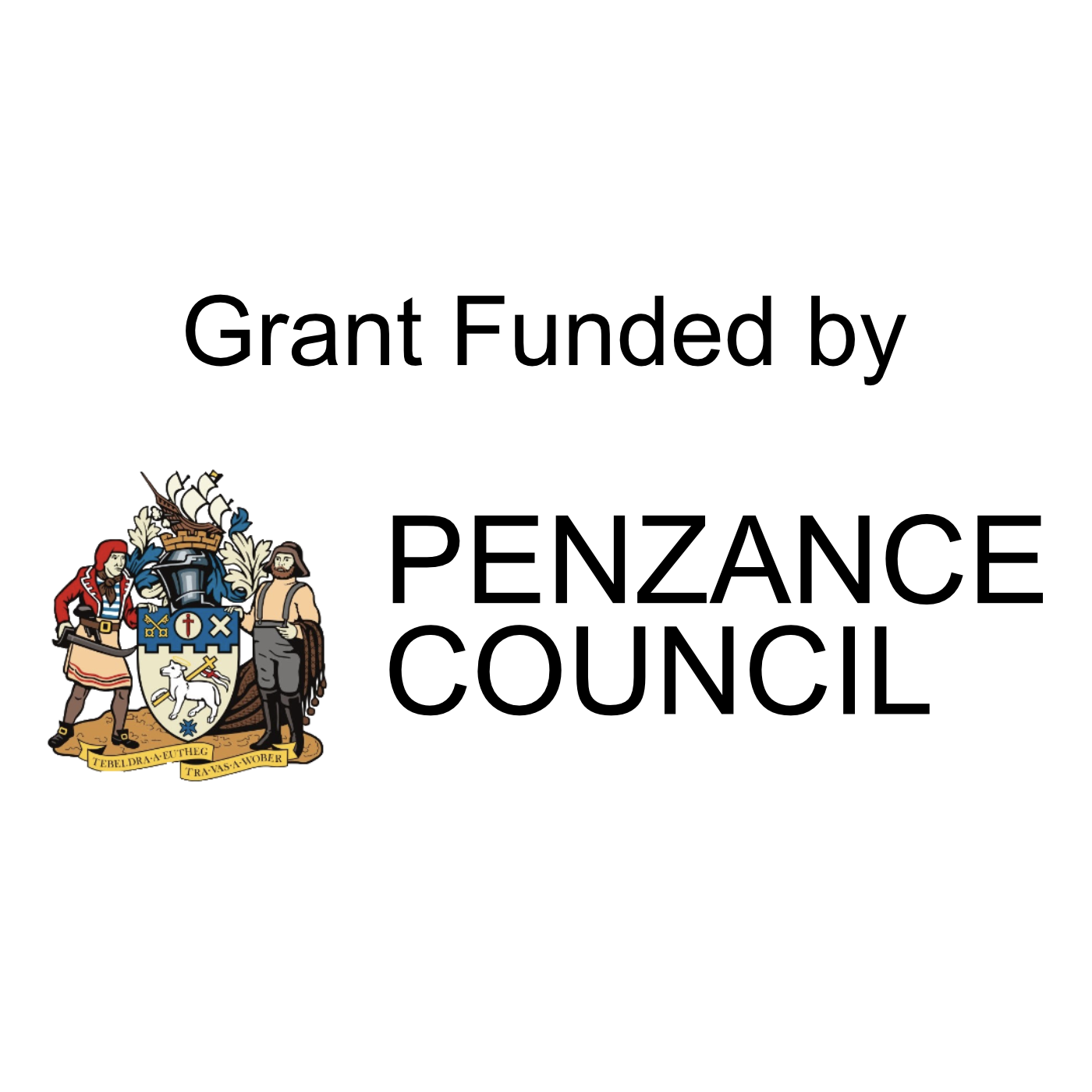
How bionic limbs are helping Ukrainian troops injured in war

A tall man emerged from an array of gym equipment, walking towards me, slightly swaying as his prosthetic leg flexed and stepped in time with his natural one.
His right arm was missing, and his left was a smooth black prosthesis arm with his hands and fingers clenched in a fist.
He was introduced to me as Anton. I wasn't sure how to greet him other than to say hello.
He saw my hesitation, and smiling he raised his left arm to shake my hand, his fingers opening and closing around my hand as we observed a customary gesture of greeting - a handshake.
His handshake was gentle and completely natural. I was simply amazed. I've never seen or experienced anything like it.
"Wow, it works," I said.
"Yes, it does," he replied with a smirk, and then carried on walking down the corridor.
This was to be a day of incredible experiences.
We are in the Tytanovi Rehabilitation Centre in Kyiv. Much of it is a large gymnasium kitted out with state-of-the-art equipment designed for amputees to keep fit and rehabilitate.
The amputees are all soldiers injured in the war with Russia. These men may never fight again, but they're in a renewed battle to rebuild their lives, and here they're being helped with extraordinary technology.
It's called osseointegration - a titanium implant that is connected to the bone of the patient, and the prosthetic arm or leg clicks on to that.
But this is the remarkable bit. The nervous system in their limb is gone so they learn to send messages to their muscles and their new arm or leg comes alive, following instructions from their brain.
The technology was first used in Ukraine a year ago and can be used on all limbs.
We meet Oleksandr Solomiany, 48, who lost his right arm last December in the battle of Bakhmut in eastern Ukraine. Before the war, he was a tech entrepreneur specialising in the environment.
Oleksandr is still learning how to use his new arm. He walked us through a parking lot and into another building for another training session.
This isn't a physical training session though, it's a mental one. He will be practising how to teach his brain to command his muscles to move his bionic arm.
It's his third session and he says it will take at least two or three more months before he gains the skills to fully operate it.
Oleksandr sits down and takes off his T-shirt. He then removes his bionic arm so that sensory wires can be attached to his amputated arm and to the chest and back muscles surrounding it.
The training session today will be with a bionic prosthetic arm that is not physically attached to him, only wired into him.
"What are you trying to do?" I ask him while he looks at a screen, concentrating hard.
"I imagine that I close my arm and rotate," he tells me while moving the prosthetic using his brain and chest muscles.
Oleksandr's trainer Yaroslav Patsukevych is a biomedical engineer who volunteers here.
He explains to me: "You can fool the system to overwrite the muscles that you usually use with your hands, for example, to teach the chest muscles to do the same thing.
"When the patient contracts his muscle, this prosthesis calibrates with his brain and recreates this command with the prosthesis."
I asked Yaroslav where this prosthesis comes from. He told me the hand is made in Britain, the arm is made in America, and the technology is Swedish.
And the man - I think to myself - is Ukrainian.
For Oleksandr, even though this is mental training it is physically draining. I ask him if it's a big experience for him, realising that he can actually have an arm that works.
"It's the first stage of [a] long, long way in my life. It's only my first prosthesis and technologies never stop. I will expect another technology, like chip in the brain, or something else," he replies.
Read more:
UK 'directly involved' in war, Russian ambassador says
Transition to Trump means unsettling period for Ukraine
Why is there talk of World War Three?
Oleksandr leads a very active life and has no regrets about his battle injury - the focus is now on the future.
"This arm helps me with my routine, with my everyday tasks. I feel better with this arm, like normal people, like a normal man."
The osseointegration surgery costs £20,000 for each lost limb, while a prosthetic arm or leg costs £80,000.
The founder of Tytanovi Rehab, Viacheslav Zaporozhets, is a millionaire businessman who wanted to help with the war effort. He fundraises money to help more and more men, and he says the beneficial effects on the amputees are immediate.
"I'll tell you this, we're bringing them back to life, even in a psychological sense," Viacheslav Zaporozhets says.
"I always say, you're not broken. We'll teach you how to drive, even how to swim.
"From day one, we demonstrate this. When a new patient arrives, a veteran greets them and shows them what they've learned to do."
He and his organisation don't just rehabilitate the injured, they also evacuate them from the frontlines.
With their 22 ambulances, they've saved the lives of over 30,000 men since the start of the war, bringing them to safety.
The figure is, frankly, mind-blowing.
This war has claimed the lives of huge numbers of fighting men, but the figure itself is not published.
But we do know that the number of living casualties will be much, much higher, and these "bionic men" are just a fraction of them.





